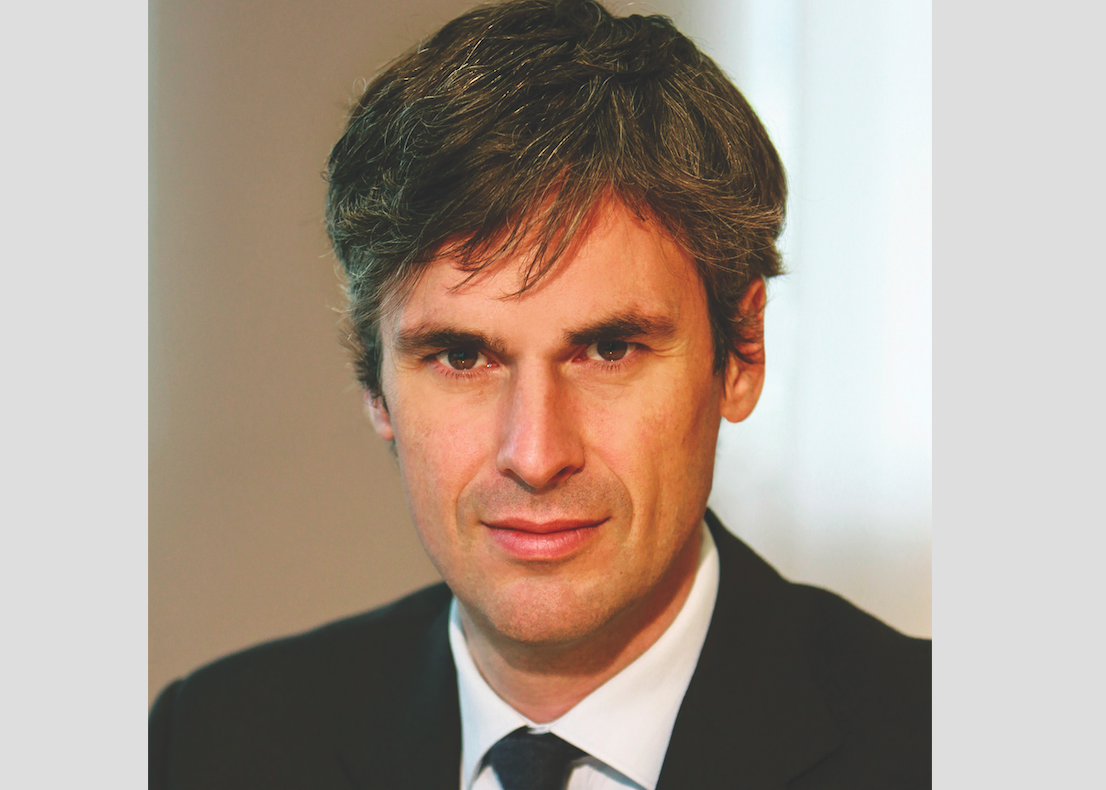Jim Leaviss, CIO of Public Fixed Income at M&G Investments, has over 30 years of experience in the industry, so he’s basically seen it all. That’s why in this interview we discussed with him the current environment and potential investment opportunities in the fixed income market.
Question: Low rates, negative yields on government bonds, inflation, purchase programs, increased defaults… What is the main challenge for fixed income managers?
Answer: The low interest rate environment arguably presents the greatest challenge for fixed income investors, although through a flexible and diversified approach we believe it is possible to capture attractive pockets of value across global bond markets. With this flexibility, we can constantly reassess relative value, ranging from government bonds and inflation-linked securities, to all segments of corporate bonds and emerging market debt.
Q: Looking ahead to preparing portfolios for 2021, in which fixed income assets do you see value? And by geographic area?
A: We continue to hold a constructive view on long-term valuations in emerging debt markets on a selective basis, given factors such as the real yields available in many developing countries. In addition, the backdrop of low or negative yields in developed markets has helped to underline the attraction of higher yields that can still be found among emerging market bonds. While default rates in emerging markets may be expected to rise, we believe that opportunities can still be found that offer adequate compensation for default risk. We would also note emerging markets continue to compare favourably versus developed nations on considerations such as economic growth forecasts and debt-to-GDP ratios.
Q: Considering the M&G (Lux) Global Macro Bond Fund, we see that you use currency exposure to generate returns, but also to reduce risk. Could you explain this strategy and how it is translated into portfolio exposure?
A: We consider currency investing to be a natural extension of bond investing which provides the potential to add value to performance. Within our currency approach, we examine the relative attractiveness of different currencies, analyzing indicators such as capital flows, economic growth, current account balances, monetary policy, and valuation metrics such as real effective exchange rates and purchasing power parity. In doing so, we seek to weigh up the relative values of currencies and assess how they may change.
The outcome of this process is that we only hold currencies that we expect to perform well. Relevantly, a diversity of factors typically has driven performance across global currency markets. Some currencies, such as the Norwegian krona and Canadian dollar, have tended to correlate positively to the oil price and to inflation. This may lead us to hold them in conjunction with inflation-linked bonds as we seek to increase the fund’s inflation sensitivity. Other currencies, such as the US dollar and Japanese yen, are typically viewed as ‘risk-off’ currencies that have tended to do well in times of market stress. Through such considerations, we always view currencies within the context of the other assets held in the portfolio, and approach currency positioning not only as a means to try to generate returns, but also as a way to manage and diversify risk.
Q: In the long term, how would a return to normal life and central banks being less active in the bond markets affect fixed income?
A: We think the encouraging developments regarding the COVID-19 vaccine will undoubtedly help to accelerate a return to normality and we could see a strong rebound in economic activity this year. This could have significant implications for the direction of travel in fixed income markets. For example, we think negative US interest rates now look unlikely, and we would expect the next move in rates to be up rather than down. For these reasons, we are staying cautiously positioned from a duration perspective.
At the same time, we believe many of the long-term trends that have driven yields lower over the past 30 years remain in place (such as ageing populations, technological developments and globalization), so we would not expect to see any significant rise in government bond yields. We will therefore remain flexible and look for opportunities to add duration where we see attractive value.
Q: How are fixed-income portfolios adapting to this low-for-long interest rate horizon?
A: As outlined above, we believe a flexible approach will be key to adding value in an environment of long-term, low interest rates. While we view the vaccine arrival as a positive development, the global economy still faces significant challenges. We therefore remain fairly defensive positioned overall, with a sizeable allocation to government debt. We have also been reducing our allocation to corporate bonds -especially high yield credit- given the recent tightening in credit spreads and continued economic difficulties caused by the pandemic. However, we believe there is still value to be found within global bond markets, and we maintain a constructive outlook on a number of emerging markets.
Q: In this sense, will we return to normal monetary policy or are we at an impasse? Which assets will suffer in a rate hike scenario?
A: We believe the world’s central banks will continue to support bond markets, whether through low interest rates or through an extension of their QE programs. While we think a modest rise in interest rates is possible as economic growth picks-up next year, we would not expect rates to return anywhere close to their historic levels. In this respect, we are not expecting a return of ‘normal monetary’ policy any time soon. While we remain cautiously positioned from a duration perspective for the time being, we could well take advantage of any future rise in yields to add some duration risk where we see value.
Q: Some analysts are suggesting that by the second half of 2021 we will see a bit of inflation. What is your outlook? Should we hedge portfolios for a possible increase in inflation?
A: In the near-term, the pandemic appears to have had a deflationary impact, with significantly reduced demand more than offsetting any supply factors. We do think inflation is likely to pick-up this year as economies reopen and consumers start to spend again. We are also mindful of the potentially inflationary impact of huge levels of fiscal stimulus from government around the world. For these reasons, we maintain some inflation-linked exposure, such as an allocation to US TIPS which we believe provide an attractive way to hedge against higher US inflation. That said, we believe many of the underlying forces that have kept inflation low for the past couple of decades remain in place and our base case scenario is for inflation to remain relatively subdued for the next few years.




